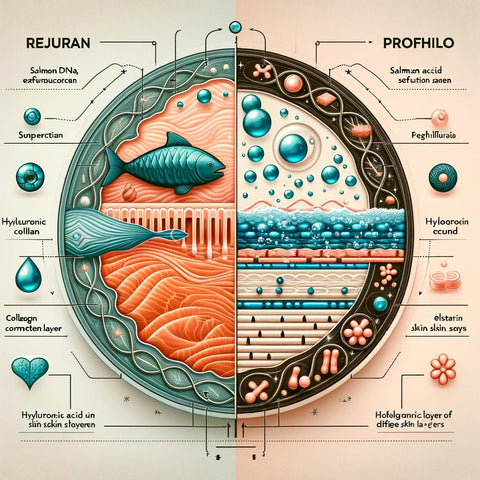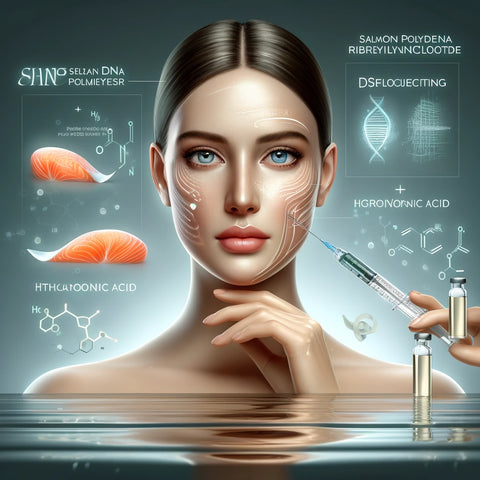What are the Signs that a Skin Lesion May Be Cancerous?
Melanoma, a serious form of a cancerous skin lesion, it displays as a large brown spot with darken freckle. Or also notable as a mole that changes in color, size, or texture. You might also notice a small lesion with a crooked border and red, pink, white, blue, or blue black areas. In addition, if a lesion is painful, itchy, or burns, it warrants attention.
What are the Warning Signs of Skin Cancer?
Early findings of skin cancer involves noting new spots on the skin. Or also changes in the size, shape, or color of an existing spot. Symptoms may also include itchy or painful spots, not healing sores. That further bleeds or develop a crust, and red or skin colored shiny bumps.
Can a Lesion Turn Cancerous?
Pre-cancerous lesions are early warning signs, sensing a risk of growing cancer over time. However, not every pre-cancerous skin lesion evolves into cancer. Dermatologists or primary care providers might opt to treat these lesions to prevent cancerous development.
How Fast Does Skin Cancer Spread?
Melanoma can become severe or critical in as little as 6 weeks because of its rapid growth. Moreover, it can spread to other parts of the body, even showing on skin not normally exposed to the sun. Nodular melanoma, a particularly dangerous form, requires prompt attention.
Can Skin Cancer Suddenly Appear?
Melanoma can appear abruptly, without warning, and may also develop from or near a pre-existing mole. Common areas include the upper back, torso, lower legs, head, and neck. Regular skin examinations are crucial for early detection.
Conclusion
Understanding the signs and symptoms of skin cancer is crucial for early detection and effective treatment. Furthermore, regular examinations and professional check-ups play a key role in identifying skin lesions that could be cancerous. Also stay informed, stay sharp, and always consult healthcare professionals if you notice any changes in your skin. Remember, early detection can make a significant difference in treatment outcomes.
Common Questions Asked
Regular use of broad-spectrum sunscreen, wearing sun-protective clothing, and seeking shade during peak sun hours are effective daily habits for preventing skin cancer. Additionally, incorporating a diet rich in antioxidants through fruits and vegetables can support skin health.
It's recommended to perform a self-examination of your skin every month. Look for new moles or changes in existing moles, such as asymmetry, border irregularity, color changes, diameter increase, and evolving features. Early detection is crucial for effective treatment.
Genetics can significantly influence the risk of skin cancer. Individuals with a family history of skin cancer, especially melanoma, are at a higher risk. Genetic predispositions can affect mole patterns and skin type, making some more susceptible to UV damage.
Products containing sun protection factors (SPF) are essential. Look for moisturizers, lip balms, and makeup with SPF 30 or higher. Products containing antioxidants like vitamin C and E can also help protect the skin by neutralizing harmful free radicals generated by UV exposure.







